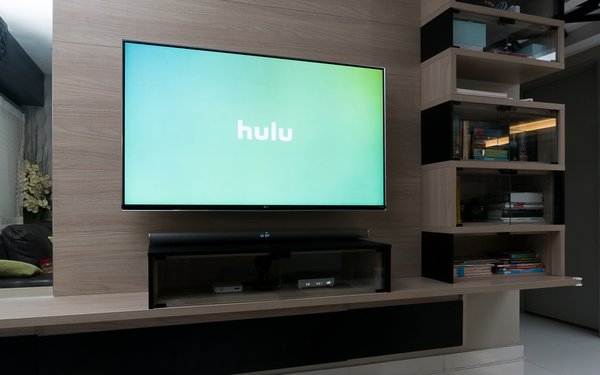
While traditional
cord-cutting continues to rise, the growth of OTT platforms -- in part owned by those who also own traditional pay TV services -- is lessening overall declines.
The number of U.S.
adults that have ever cancelled a pay TV service will now rise to 33 million in 2018, according to eMarketer. That is a 32.8% increase over eMarketer’s July 2017 projection of 22%.
By the end of 2022, researcher eMarketer says, more than one-fifth of the U.S. population -- or 55.1 million people -- will no longer be with a traditional pay TV provider.
At the same
time, Kagan, the media research group in S&P Global Market Intelligence, says that in the second quarter of this year, “the pressure on traditional multichannel subscriptions abated in the
second quarter – a positive direction,” partly due to OTT services.
Cable, satellite and telco multichannel pay TV providers lost 860,640 video subscribers in Q2, ending the
quarter on June 30 at 92.2 million, including 89.4 million residential customers.
But adding in new virtual pay TV OTT services -- including DirecTV Now (owned by AT&T) and Sling TV (owned
by Dish Network) -- totals around 4 million. Kagan says the growth during the period resulting from new virtual pay TV providers “reduces the quarterly subscription losses by approximately 45%,
raising the residential figure to 93.5 million.”
Other research shows there is a different angle to the cord-cutting issue.
In the first quarter of this year, analyzing U.S.
households -- not the individual number of total adults -- Nielsen says broadcast-only homes rose 6% to 16.5 million from 15.6 million, with broadband-only homes rising 55% to 8.8 million
homes from 5.6 million.
For the 2017-2018 TV season, Nielsen says, there are 119.6 million TV homes.